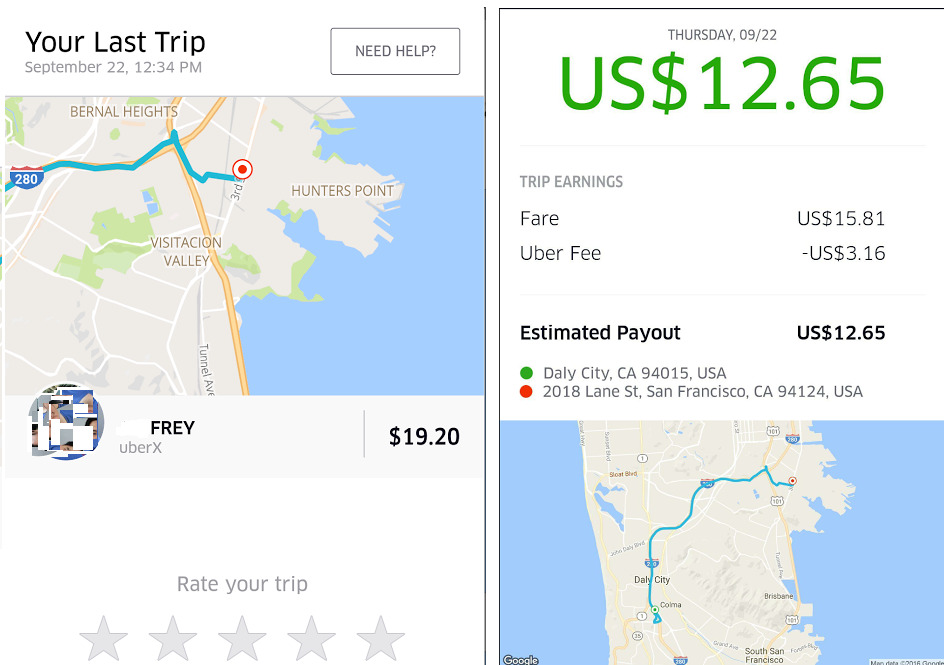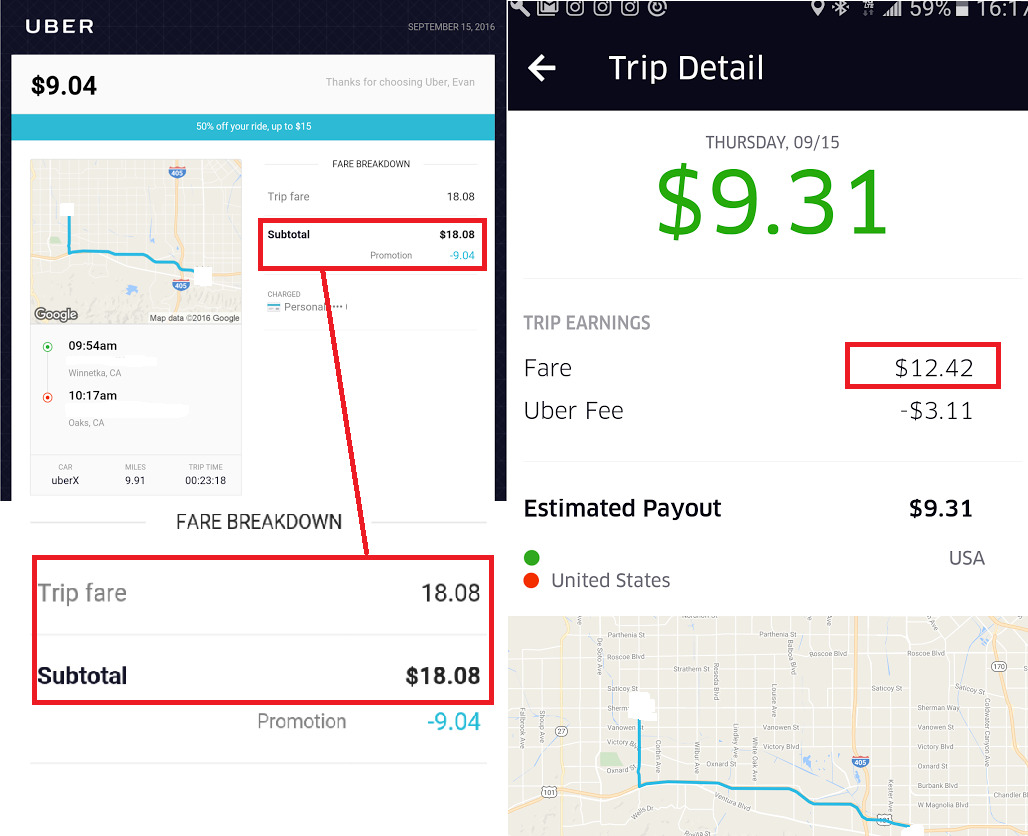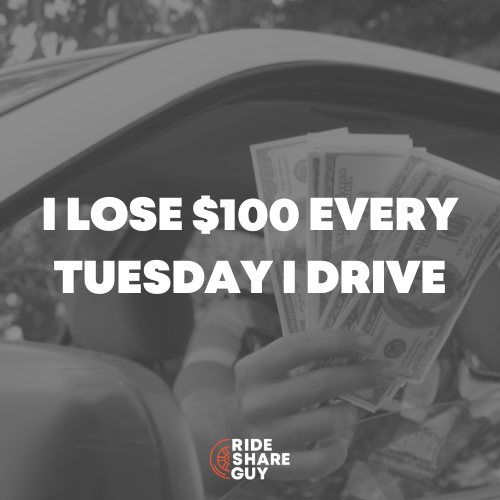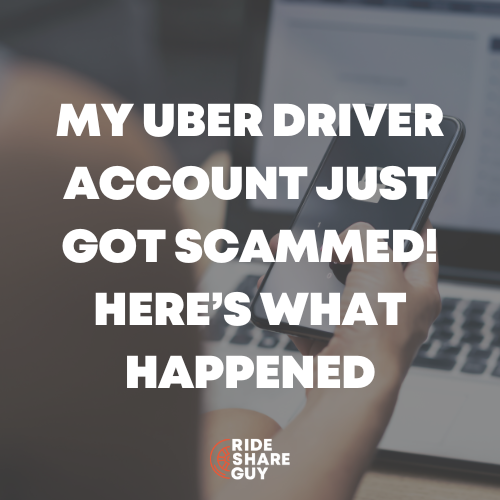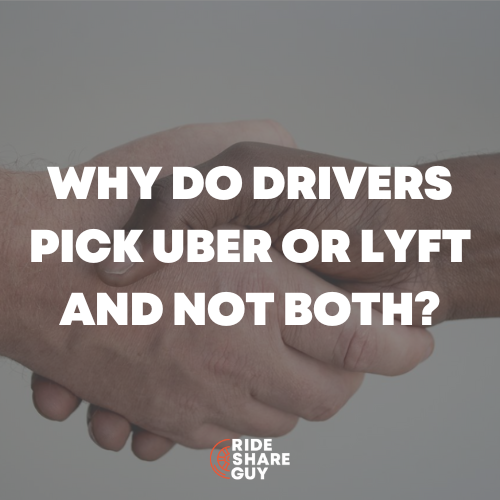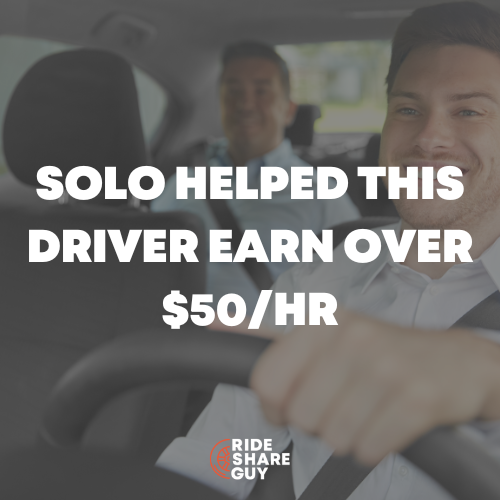Harry here. One of our goals has always been to bring more transparency to the rideshare industry. Today, senior RSG contributor Christian Perea takes a look at Uber’s new Upfront pricing system.
Over the past few weeks, we have been receiving emails that Uber’s “Upfront” fares have been overcharging passengers without paying drivers the difference. In some instances, passengers are getting charged double the actual time and distance for a normal ride, yet drivers are receiving only about half of the amount the passenger pays while Uber is pocketing the difference.
Update 11/29/2016: Lyft in no surprise, has announced that they will launch their own version of upfront pricing as well.
If you’re not familiar with the move to upfront fares, Uber detailed it in a blog post a few months ago. Basically, passengers in major markets are now required to enter a destination, and the fare they’re quoted is a guaranteed price for that ride. On surge rides, there is small text that says ‘fares are increased due to higher demand’ instead of passengers having to type in the surge amount like they used to.
Examples of Uber “Skimming Off The Top” of Upfront Fares
Initially, I thought most of these rides were a result of rare occurrences with the Upfront pricing algorithm, so I decided to test it out for myself. It turned out that on the first ride I took, I found a small discrepancy.
I have included four of the most obvious examples below. Feel free to contribute with your screenshots by e-mailing us or leaving a comment below.
Example 1: My “Test” Ride
- Passenger (me) Paid: $19.20
- Driver’s payout: $12.65
You can see that I paid $19.20 for this ride and there was no surge or earnings boost attached to the fare. Frey drove me from Buffalo Wild Wings to my apartment in Bayview. And at the end of the ride, Uber kept $6.55 of the $19.20 that I paid while Frey only got $12.65.
The problem is that Uber should have charged the passenger less (or paid the driver more). Adding the $1.55 booking fee (this is charged to the passenger but doesn’t show up on the driver’s payout) back to the gross fare of $15.81 results in a total $17.36 but the passenger (me) paid $19.20. So what happened to that $1.84? Uber kept it.
- Driver’s payout: $12.65
- Uber’s 20% commission: $3.16
- Uber booking fee: $1.55 (not shown but found here)
- Driver Received: $15.81 (Gross)
- Passenger (me) Paid: $19.20
- Uber kept $1.84 difference
$1.84 isn’t a ton of money, but it’s not insignificant either, and if you multiply that by the tens of millions of rides that Uber does a day, there are some pretty big stakes here.
Example 2: Evan in Los Angeles
We received the images above from RSG reader Evan in Los Angeles. Evan requested a ride from an Uber driver who took him 9.91 miles in 23 minutes. Since Evan happened to know the driver, they compared fares at the end of the trip to find that the two amounts were way off. Evan paid $18.08 for this ride (actually $9.09 after his discount code) but his driver only received $9.31 after Uber’s 25% commission.
- Passenger Paid: $18.08
- Driver Received: $12.42 (Gross)
Even with a $1.65 booking fee subtracted from the $18.08, the gross payout for this ride should have been $16.43 but the driver on this ride only received $12.42. That means Uber made an extra $4 on this ride.
If we back calculate from the mileage and time, we can see that with current LA rates, the fare should have cost Evan $8.92 for mileage (9.91 miles at $0.90/mile) and $3.50 for time (23.3 minutes at $0.15/minute) or a total of $12.42. Which was the exact same number as the gross driver payout of $12.42. So it appears that on this ride, Uber was calculating the mileage and time payout correctly for the driver, but they overcharged the passenger by $4.
We helped Evan e-mail all of this information to Uber support, but they replied with information about UberPool (not what we asked) and said that “Going forward, please be reminded that your fare will not be calculated based on distance and time instead, it will be computed dynamically based on your locations.” That’s news to me but it still doesn’t explain why the driver doesn’t get that full “dynamic” fare.
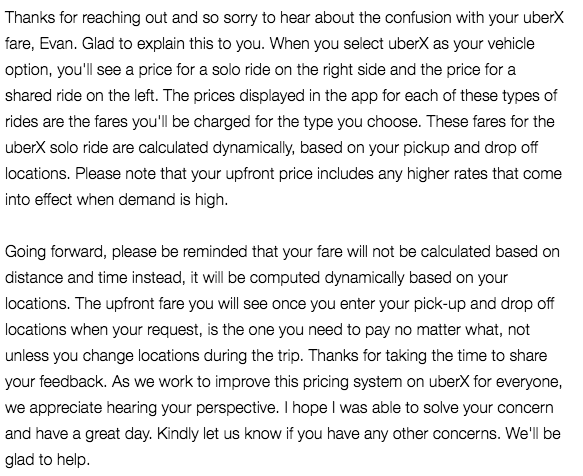
Example 3: San Diego (Via Uber Man)
Uber Man did a video earlier this week detailing an instance where the passenger paid a hefty premium in comparison to what the driver was paid. You should check it out, and also subscribe to his channel because he is a cool dude. The fare he analyzed was actually on surge pricing for the driver, but apparently it was on an even higher surge for Uber.
- Passenger Paid: $52.66
- Driver Received: $35.73 (Gross)
Example 4: “Biff” in Colorado Springs
RSG reader “B. Sinclair” (name changed) gave a ride to a passenger in Denver only to find out that the passenger had paid $44.31 for his ride. The gross fare on Biff’s side only reflected $18.68 ($15.13 after Uber’s commission). Biff had this to say about how his passenger felt: “He was confused and dismayed. The night before he paid about $20 for the exact same ride, but was then quoted $42 on the return ride without any indication of a surge. My app at the time showed no surge pricing on the map or passenger profile on app once ride had begun.”
- Passenger Paid: $44.31
- Driver Received: $18.68
Why Is This Happening?
From my experience as a driver and passenger, it seems that the algorithm for calculating the Upfront Fare assumes a sort of crappy route and a crappy driver in order to ensure the passenger pays enough for the ride. At the end of the day, Upfront Pricing is really just a betting machine with the job of making sure all of the rides average out to a profit for Uber. The problem begins when Uber pockets the difference from the miscalculations.
It seems like drivers are still receiving the amounts they should based off the time and distance, but the passengers are being charged more. In some cases, a lot more.
Help Us Analyze “Upfront Pricing”
We would like to call on drivers to crowdsource the gathering and comparison of prices under “Upfront Pricing” in order to gain a more data-driven understanding of how this works. As pricing becomes more opaque, we think it is integral to track things for ourselves to make sure drivers and passengers are receiving a fair fare. With enough data, we can begin to make inferences about what type of rides to take or decline, or when it may be worth it to call another service (like Lyft) as a passenger.
If you are curious about how this works and want to help us out, please e-mail us with your screenshots or leave a comment below.
Drivers! What do you think is going on with Uber’s Upfront pricing model and have you noticed discrepancies in what your passenger pays and what you receive as a driver?
